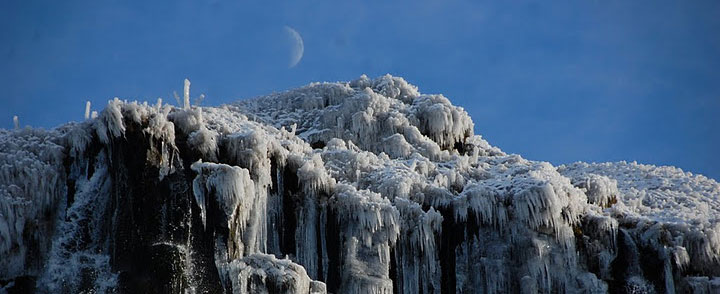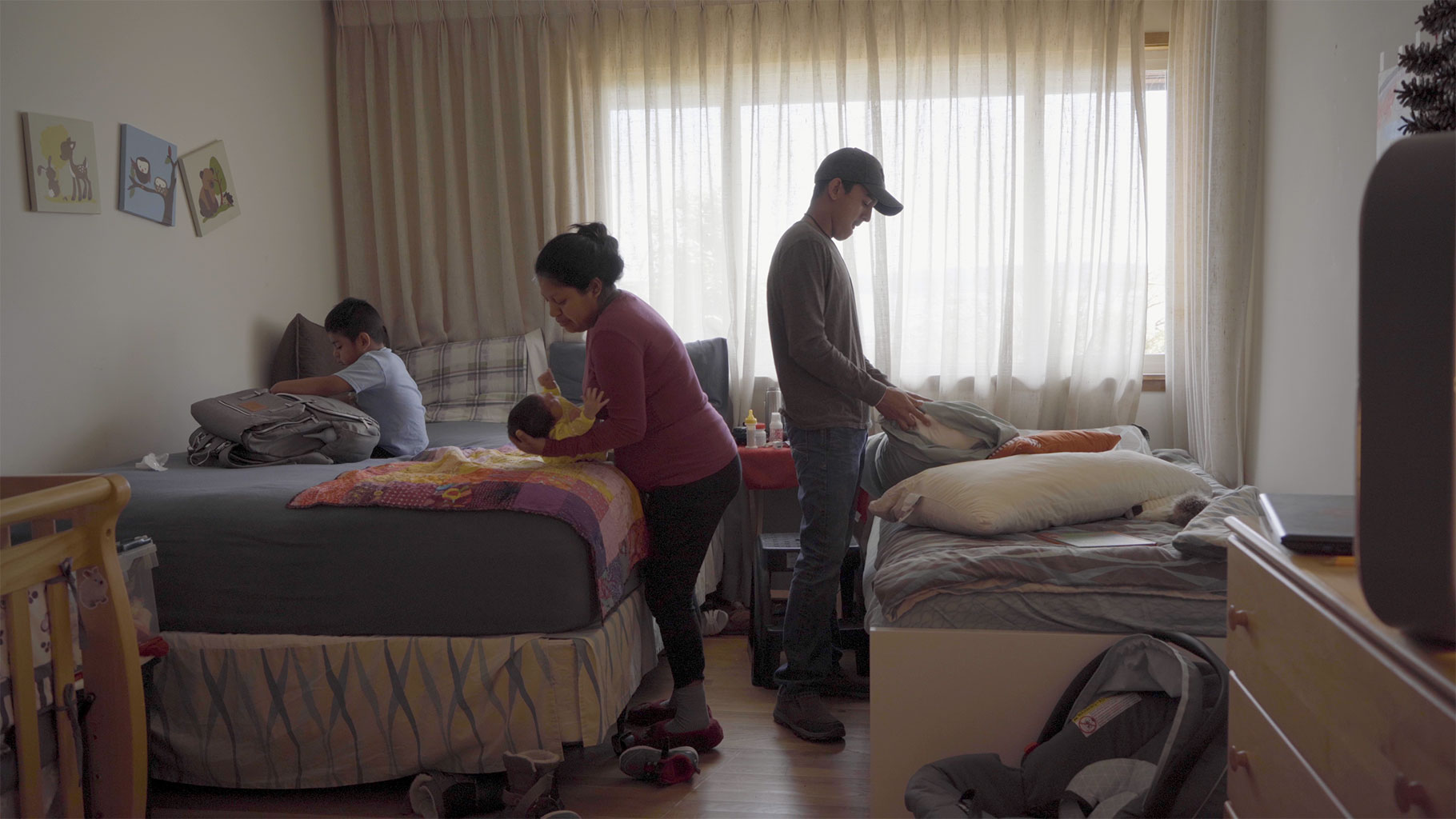
These hastily-draw conclusions do not paint the whole picture.
Iceland is certainly cold in winter months, but the famed landscape of eternal tundra is reflective of Greenland, not Iceland. Belief in mythological spirits certainly does exist, but Iceland is far from being an underdeveloped rural society of loons. The country’s most famous export, Björk, is considered unique by any standards. Her musical and aesthetic choices are hardly reflective of the conventional norms of the country, and your average Icelander is far from outlandish.
Björk’s recent accomplishments have taken the form of collaborative projects with musicians like Dirty Projectors and Antony And The Johnsons. Ostensibly, her solo career has been deferred, and to fill in the void, the world has shifted towards Iceland’s other successful musical acts. Few and far between, those acts have wielded tremendous power, their sheer dearth providing them the opportunity to mold global perspectives on Icelandic’s music scene.
Post-rock quintet Sigur Rós has, in the recent past, contributed to the rebranding of Iceland with a new visual and musical face — a move that has unwittingly opened the scene up to another slew of stereotypes and associations.

— Ólöf Arnalds
Mother Nature’s Role
Talk to any Icelandic musician, and one will discover that this assumption is met with great skepticism and often, cynicism. Yes, Icelandic musicians are influenced by their environment, but what defines their environment is much more than a series of breathtaking postcards or video clips one might see on Planet Earth. To pigeonhole all Icelandic music as a living soundtrack for pondering life’s great mysteries would be foolish and inaccurate.
“There are a lot of bigger factors involved,” says Matthew Collings, of the ambient electronic project, Sketches For Albinos. He lists isolation, weather, a small population, and attitude as factors that he feels play a more transformative role than natural beauty. “I think [nature] simply gives you a sense of scale — that you are tiny, and therefore, not limited by anything else… [but] not all music is Iceland sounds like Sigur Rós and is quite the opposite of what you’d expect people to make staring out of the window, looking at mountains.”
With two-thirds of the country’s population living in the greater Reykjavik area, most Icelandic musicians are accustomed to city life more than anything else. Life is not spent herding sheep, breeding horses, or reading by candlelight; flats are shared with relatives and friends and powered by first-rate geothermal energy. Weekends are generally spent partying until the wee hours of dawn and soaking up the city’s infamous nightlife, not watching puffins mate on the Northwest coast. So, while Reykjavik is but a skip and hop away from the oldest geyser in the known world and the marvelous Blue Lagoon, the general consensus in the music scene is that nature’s influence is overstated.
“Just as in any other city, our everyday life is just that: everyday life,” says Árni Þór Árnason, guitarist and bassist of the indie rock band Rökkurró. “This might be a different story if you talk to a band that´s from the countryside, but all of us in Rökkurró live in Reykjavík and have been ‘city kids’ most of our lives.”
Perhaps, then, influences stemming from city life play the most impactful role. It all begins early on, in homes, schools, and communities.
“There are both art and music classes in the schools. And it’s pretty common that kids study music,” says Rúnar Magnússon, founder of Hljóðaklettar, a small boutique label which focuses on experimental music. “Storytelling used to be a big part of Icelandic daily life, as entertainment in the home… it’s kind of a very old thing to be doing this — writing stories and performing them in some way.”
Sindri Már Sigfússon, of Seabear, also attributes his creative success to an encouraging home environment. “When I was like 9 [or] 10, I told my family and grandparents I was going to be a painter, and they were very happy with that…” he recalls. “I think it’s more of some sort of ‘Icelandic spirit’ that pushes a lot of bands — a ‘work hard and do your best’ kind of feeling.”

SAMPLE TRACKS
DOWNLOAD / STREAM COMPLETE MIXTAPE
Bloodgroup – “My Arms” (Self-Released)
Who Knew – “Tranquility” (DevilDuck / 101 Berlin)
Pornopop – “Little Kafka” (Ching Ching Bling Bling)
— Árni Þór Árnason, of Rökkurró







awesome article vivian!!!!!!!!!!!!!!!
Wow. What an in depth article Viv! Nicely done. Seriously. This is like real deal journalism stuff right here 🙂
one of the better non-icelandic articles about the scene i’ve read.
check it
who is the author?
vivian hua